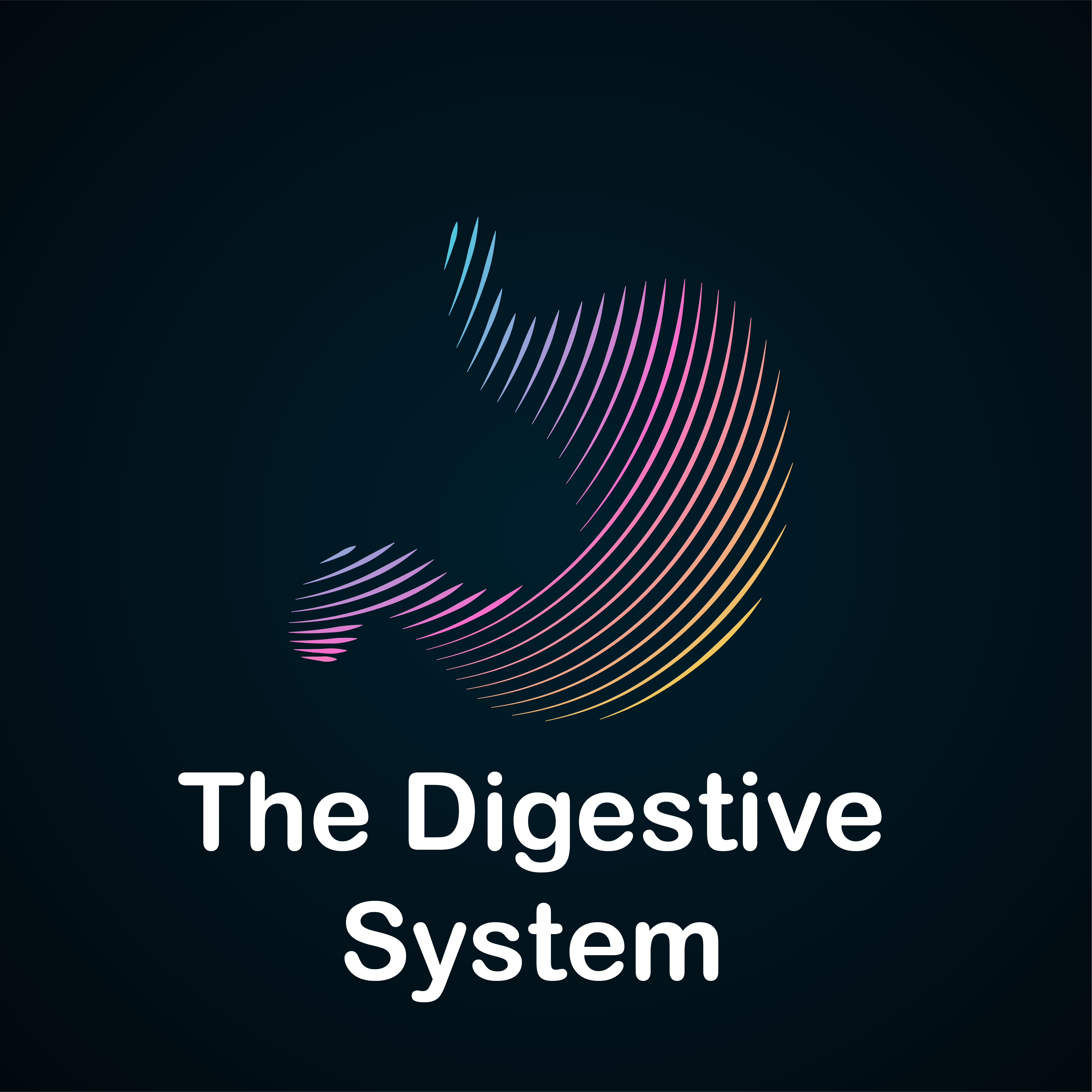Anatomy of the Digestive System
Introduction:
What is the digestive system? The digestive system is a series of organs that work together to break down food, absorb nutrients, and eliminate waste products from the body. It consists of the mouth, esophagus, stomach, small intestine, large intestine, rectum, and anus.
Mouth
The mouth is the first part of the digestive system and is responsible for mechanically breaking down food with the teeth and mixing it with saliva. Saliva contains enzymes that begin to digest carbohydrates and fats. The mouth then pushes the food backward via the tongue into the esophagus.
Esophagus
The esophagus is a muscular tube that connects the mouth to the stomach. It uses a series of muscular contractions called peristalsis to push food down into the stomach.
Stomach
The stomach is a muscular sac that mixes and grinds food with stomach acid and enzymes. The acid and enzymes break down proteins and kill harmful bacteria. The stomach has the cardiac sphincter connecting to the esophagus and the pyloric sphincter that connects to the small intestine.
Small Intestine
The small intestine is a long, narrow tube that absorbs nutrients from food into the bloodstream. The walls of the small intestine are lined with tiny finger-like projections called villi, which increase the surface area for absorption. The small intestine also receives bile from the liver and pancreas to help digest fats.
Liver and Pancreas
The liver and pancreas are accessory organs of the digestive system. The liver produces bile, which is necessary for the digestion of fats. The gallbladder is a sac that stores extra bile produced by the liver. The pancreas produces enzymes that help to digest proteins, carbohydrates, and fats.
Large Intestine
The large intestine absorbs water and electrolytes from undigested food and forms solid feces. Feces are stored in the rectum until they are eliminated through the anus.
Summary
By studying the digestive system’s structure and function, you will better understand how the body breaks down and absorbs food, and eliminates waste products. While there is not a shortage of resources or guides to these things all over the internet, the list above is very concise and to the point over the main idea for this system. If you’re interested in additional resources, we have a brief study guide for all the main systems available for free, with even more available if you subscribe and create a paid account today.
